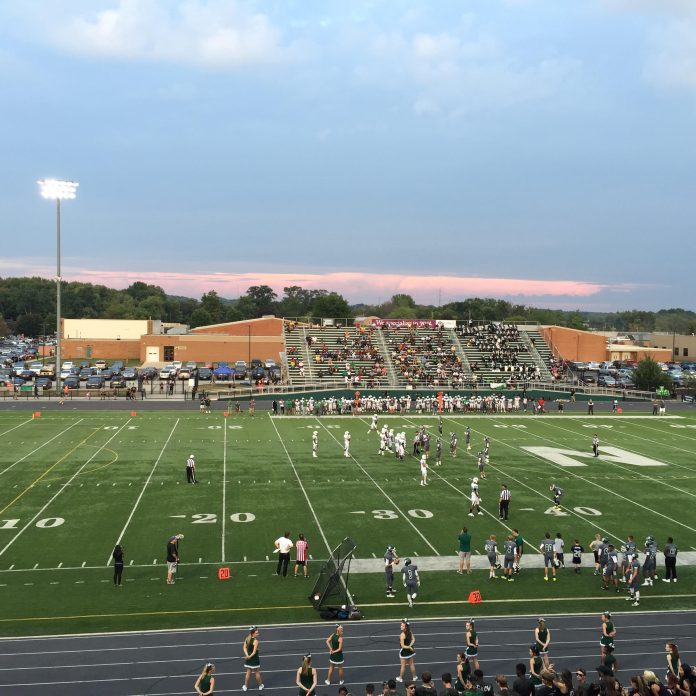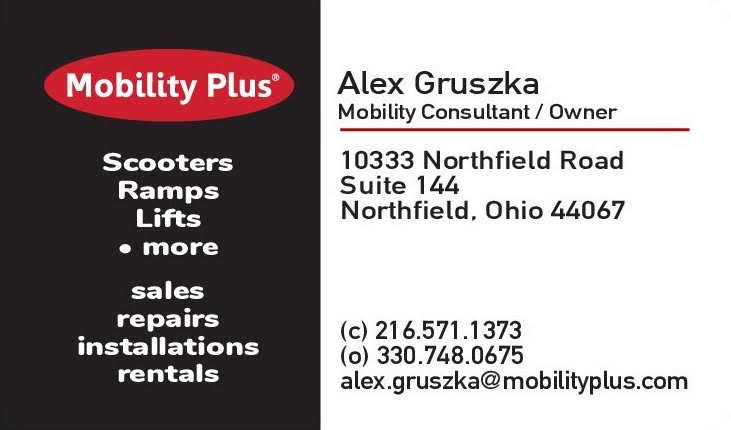Voters in the Nordonia Hills City School District will once again head to the polls this May to decide the fate of a five-mill tax levy that school officials say is essential for maintaining educational quality and addressing growing financial pressures throughout the district.
Levy Details and Financial Impact
The May 2025 ballot will include a five-mill operating levy aimed at covering the district’s operating costs. District officials have pointed out that state funding has not kept pace with rising expenses, forcing local taxpayers to shoulder an increasing share of school funding—now at 65% of total revenue, up from 60% just a few years ago.
If approved, the measure would generate approximately $7.35 million annually for the district. For property owners, this would translate to about $175 per year for every $100,000 of property value, according to district financial information.
There is a web-based calculator created by Jeff Garvas that is designed to help voters determine their actual county property value and calculate the millage based on that figure. It gives the average voter a clearer understanding of what the millage means for their specific address, since very few of us live in a home valued at exactly $100,000. You can access the calculator here.
Should voters approve the levy, the district would begin collecting these funds in 2026.
Recent History of Levy Attempts
The upcoming May vote represents the latest in a series of funding requests from the district, which has faced significant challenges in securing voter approval for additional funding in recent years.
Nordonia schools have not passed a levy since 2019. The most recent attempts have faced strong opposition, with a March 2024 proposal garnering only 35% support, and more than 65% of voters opposing it. A November 2024 attempt saw a similar result, with just 35% of voters supporting Issue 30, which combined a 4-mill operating levy with a 1-mill permanent improvement levy.
Why the District Seeks Additional Funding
School officials cite several factors driving the need for additional revenue:
The district reports that state funding has not kept pace with rising costs, forcing an increased reliance on local property taxes. This shift has resulted in local taxes now funding 65% of school needs, up from 60% just two years ago.
Without additional funding, district leaders warn they will fall further behind on addressing an estimated $59 million in needed repairs for aging facilities.
Many of the district’s buildings are between 50 and 100 years old, creating significant maintenance challenges. Previous attempts to fund new facilities, including a bond issue in November 2022, were rejected by voters.
Superintendent Casey Wright has emphasized the difficult position the district faces. “It’s really painful for us to ask people for more money,” Wright said, “but we know in order to continue to do great things, we’re faced with the same thing everybody else is faced with: higher costs.”
Current Budget Cuts and Potential Consequences
The district has already implemented significant budget reductions following previous levy failures:
District officials report cutting $2.16 million from the budget during the past two fiscal years, including not filling open positions.
In February 2025, the Board of Education approved layoffs affecting dozens of employees, including at least nine teachers—four from the middle school and five from the high school—along with 24 other classroom positions.
Additional cuts have included the elimination of German language classes, the high school in-school suspension program, and social-emotional learning curriculum for middle and high school students. The district has also reduced custodial and student supervisor positions and increased fees for athletics and extracurricular activities.
The district is also considering further transportation reductions, potentially eliminating busing for high school students.
In a message to families, Superintendent Wright warned: “We know these decisions will affect our students, families, and staff in profound ways. These cuts are not what any of us want, but they are necessary given our current financial reality. If the May 2025 levy does not pass, even deeper reductions will be required.”
Community Perspectives
The levy campaign has revealed differing viewpoints within the community:
The Nordonia Hills Education Association has highlighted communication challenges, noting: “There is no longer a local newspaper. That has made it very hard to reach people without a direct connection to the schools system.”
Statewide School Funding Challenges
Nordonia’s funding challenges reflect a broader trend affecting school districts throughout Ohio. In the March 2024 election cycle, only 17% of districts’ requests for new tax money were approved by voters statewide—just six out of 37 requests.
This pattern continued in the November 2024 election, when most requests for new taxes faced difficulties, particularly in Summit County where Nordonia is located. While larger districts like Cleveland and Akron saw success with their levies, most suburban and rural districts continued to struggle with voter approval.
Looking Forward
As the May election approaches, district leaders emphasize that the funding challenges won’t disappear regardless of the vote outcome.
Superintendent Wright has called for unity within the community: “There are a lot of things that have to happen within our district, and we need to come together. No longer can we be divided. It defeats the mission of what we are about, which is helping kids achieve at the highest possible rates.”
The May 2025 levy vote will determine whether the district receives the requested funding or must implement further reductions to programs and staffing in the coming school year.

























